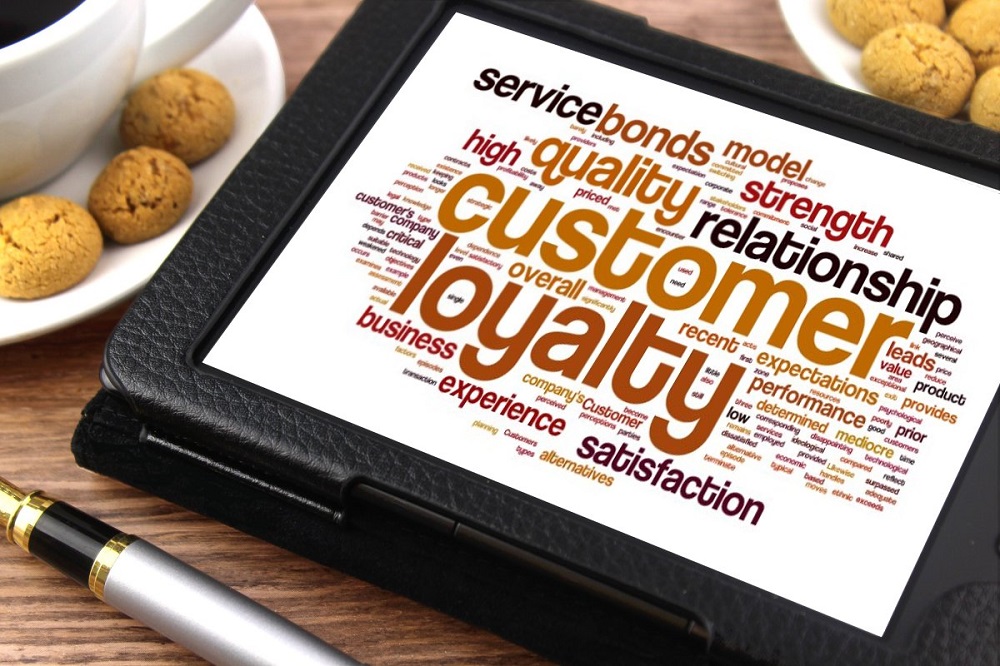Hace 5 años ya evidenciamos un crecimiento cada vez mayor del número de compañías, grandes y pequeñas, nuevas y consolidadas, que decidieron basar su estrategia en la experiencia. A lo largo de este lustro las necesidades del cliente se han colocado en el centro de lo que una empresa necesita hacer, por encima del producto a vender. Las estadísticas demuestran que las personas están mucho más interesadas en cómo son tratadas, y es aquí es donde debemos profundizar.
CX ya no es simplemente una tendencia, se ha convertido en un pilar fundamental que está aquí para quedarse. Las empresas inteligentes están utilizando la tecnología para supervisar y mejorar esta disciplina, lo que se traduce en mayores ingresos y beneficios. Pero, ¿Cómo ha logrado consolidarse lo que en un principio solo parecía una moda?, ¿De qué manera ha conseguido arraigar hasta convertirse en una estrategia clave para el futuro de una corporación? Desde Brain Trust CS vamos a centrarnos en 4 aspectos elementales:
- El emocional.
Los clientes establecen un vínculo emocional entre la marca y determinadas vivencias. Desde la atención personalizada, pasando por la usabilidad web y las infraestructuras en las tiendas, nuestra percepción depende de cómo nos hacen sentir en los distintos puntos de contacto. Los usuarios de Apple siguen siendo fieles a pesar de que los productos cuestan tres veces más que otros con características y prestaciones similares. Esto se debe a que la multinacional de la manzana cuida mucho el ámbito emocional, obteniendo una enorme confianza como respuesta. Por lo tanto una experiencia superior se convierte en una oferta irresistible para el consumidor, asumiendo que no conseguirá el mismo nivel de calidad si acude a la competencia. Optimizar debidamente cada interacción generará relaciones basadas en el compromiso e impulsará la repetición de compra.
- La satisfacción.
Para mejorar la satisfacción resulta indispensable desarrollar una correcta estrategia basada en la experiencia. Hoy en día tenemos que apostar por una vivencia que se desarrolle en todos y cada uno de los touchpoints, de modo que podamos ofrecer un nivel de servicio óptimo. Por ello debemos conocer que demandan los distintos públicos, así como las expectativas que tienen en torno a la marca. El caso de la App lanzada por BBVA es digno de tomar como referente, ya que su diseño sencillo, facilidad de uso y disponibilidad en distintos dispositivos le han llevado a liderar los índices de valoración por parte de sus clientes.
- La viralidad.
Siempre que una expectativa se ve superada surge la necesidad de compartir este hecho con el mundo. Con una buena estrategia de Customer Experience podremos lograr un ejército de fieles publicando buenas referencias en los distintos canales sociales. Conseguir evangelizadores nos permitirá llegar a un público cada vez mayor, contribuyendo a una percepción positiva en torno a nuestra marca. Por otro lado hoy en día es muy común que un cliente enojado plasme su veredicto en internet después de una mala experiencia, ya sea a través de su estado de Facebook o mensajes en la cuenta oficial, mediante tweets, menciones y conversaciones. Esto puede significar un desastre para la imagen de una compañía, ya que una vez que las palabras están en la red, estas no pueden ser invisibles. AirBnb proporciona una respuesta rápida y eficiente en distintas plataformas, ya sea a través de teléfono, correo electrónico, Twitter o Facebook, lo que le ha garantizado una corriente de opinión muy favorable en términos experienciales.
- La competitividad.
La experiencia de cliente es la única ventaja competitiva sostenible por la que podemos apostar hoy en día. Con la comoditización hemos llegado a un punto de no retorno en el que una empresa solo puede diferenciarse a través de dos estrategias: proporcionando una vivencia única u ofreciendo los precios más bajos. Teniendo en cuenta que los usuarios valoran cada vez más las interacciones personalizadas con sus firmas favoritas, es importante para las corporaciones contactar con ellos de una manera que va más allá de la habitual relación entre marca y consumidor. Recientemente Ticketmaster emprendió una iniciativa de actualización de tecnología para sus centros de contacto orientados al cliente, para mejorar el servicio y la satisfacción, profundizar en la expansión global y reducir los costes operativos. Gracias a estas modificaciones sigue siendo altamente competitiva, manteniendo su estatus de líder mundial en la venta de entradas.






